Snakes have long been misunderstood creatures, often portrayed as cold, unfeeling animals incapable of forming bonds with humans. Yet countless snake owners report behaviors suggesting their serpentine companions recognize them, respond differently to them than strangers, and even seem to enjoy interaction. As the popularity of keeping snakes as pets continues to rise, more people are wondering whether these fascinating reptiles truly recognize their caretakers or if owners are simply projecting human emotions onto their exotic pets. This article explores what current scientific research suggests about snake cognition, memory, and their capacity for recognition, while examining the observable behaviors that might indicate a snake’s ability to distinguish between its owner and unfamiliar individuals.
The Basics of Snake Cognition

Snakes possess relatively small brains compared to mammals of similar sizes, leading many scientists to historically assume their cognitive abilities were limited. However, recent research has begun to challenge this notion, revealing that reptile cognition may be more sophisticated than previously believed. Snakes possess well-developed sensory systems that help them navigate their environments and respond to stimuli in complex ways. Their brain structure differs significantly from mammals, with less developed cerebral cortices—the brain region associated with higher-level cognitive functions in humans. Despite these differences, studies suggest snakes can learn, remember, and potentially recognize patterns that might include their owners’ unique characteristics. This emerging understanding of snake cognition provides the foundation for exploring whether they can truly recognize the humans who care for them.
How Snakes Perceive Their World
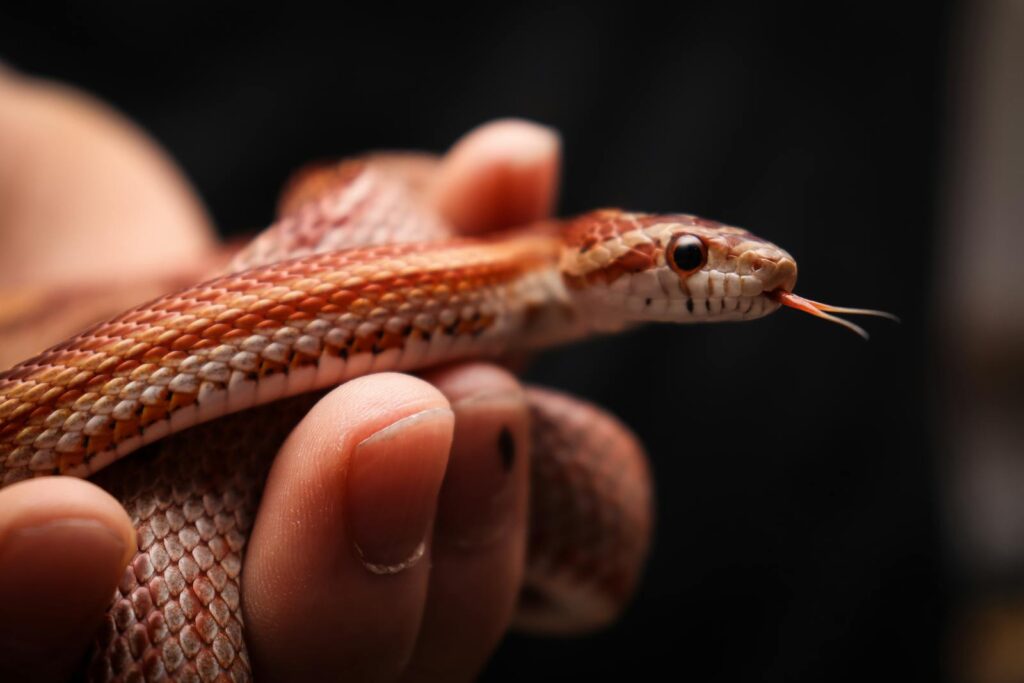
Understanding how snakes might recognize owners requires knowledge of their unique sensory systems. Unlike humans who primarily rely on vision, snakes experience their environment through a combination of vision, smell, taste, and vibration detection. Most snake species have limited color vision and poor depth perception, though they excel at detecting movement. Their most refined sense is chemical reception through their vomeronasal organ, accessed by flicking their forked tongues to collect scent particles. This chemosensory system allows snakes to detect minute chemical differences in their environment, potentially including the unique scent profiles of different humans. Additionally, snakes possess specialized heat-sensing pits (in species like pythons and boas) that help them detect warm-blooded creatures nearby, potentially contributing to how they might distinguish between different people.
The Science of Recognition in Reptiles

Scientific research specifically examining recognition abilities in snakes remains limited, though studies on other reptiles provide valuable insights. Research on lizards has demonstrated that some species can recognize familiar individuals, including both conspecifics (members of their own species) and human caretakers. A groundbreaking study with red-footed tortoises showed they could recognize and remember human handlers for at least nine months. In the specific case of snakes, laboratory studies have confirmed they possess spatial memory and can recognize familiar environments. Researchers at the University of Tennessee discovered that corn snakes could navigate mazes and remember solutions to these puzzles for weeks afterward, demonstrating cognitive abilities that could potentially extend to recognizing recurring individuals in their environment. These findings collectively suggest the neural machinery for some form of recognition exists in reptilian brains.
Behavioral Evidence of Recognition
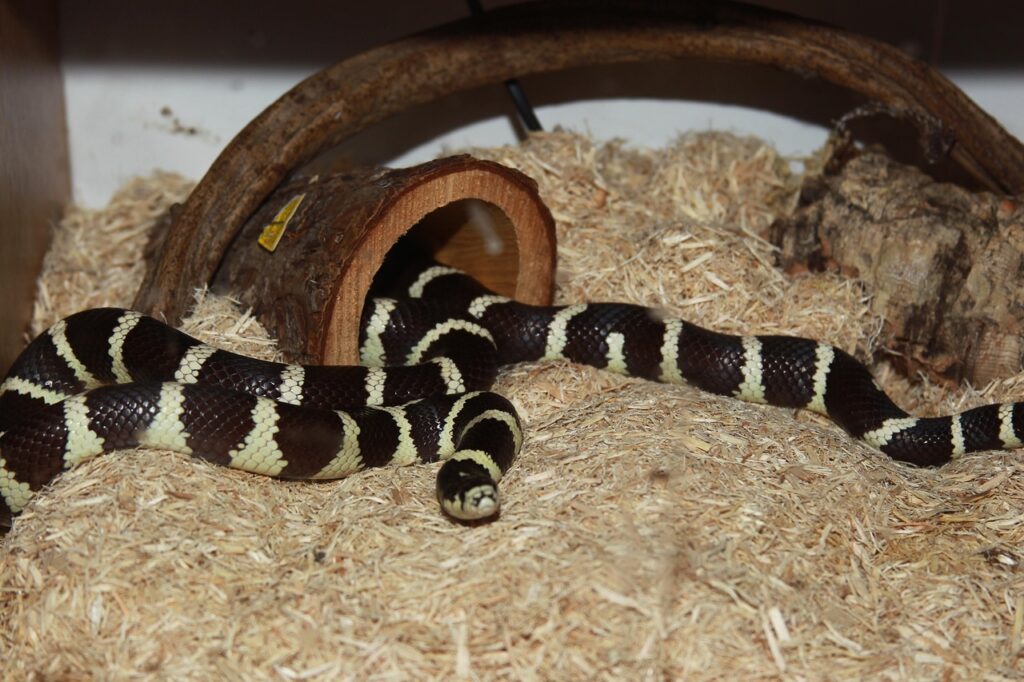
Snake owners frequently report behavioral patterns that suggest their pets distinguish them from strangers. Many observe that their snakes display noticeably calmer behavior when handled by their regular caretaker compared to unfamiliar people. Some snakes appear to become more relaxed when exposed to their owner’s scent, showing reduced defensive postures or stress behaviors. Ball pythons, for instance, may be less likely to ball up (a defensive position) when approached by their regular handler. Corn snakes and king snakes often display curiosity rather than fear when their owners open their enclosures. Some particularly habituated snakes may even approach the glass when their owner enters the room while remaining hidden when strangers approach. While these observations don’t conclusively prove recognition in the human sense, they suggest snakes can differentiate between familiar and unfamiliar humans.
The Role of Scent in Owner Recognition

Given snakes’ exceptional chemosensory abilities, scent likely plays the dominant role in any potential owner recognition. Each human has a unique chemical signature created by their skin oils, personal care products, diet, and even the bacteria that live on their skin. When a snake repeatedly encounters its owner, it becomes familiarized with this distinctive scent profile. Herpetologists suggest that regular handling creates a scent association that snakes may recall when encountering their owner again. An interesting experiment conducted by amateur snake enthusiasts involved presenting their snakes with clothing items carrying their scent versus items with unfamiliar scents, with many reporting their snakes showed preference for or greater comfort around owner-scented items. This chemical recognition doesn’t necessarily indicate emotional attachment but does suggest snakes can distinguish their owners from strangers based on olfactory information.
The Importance of Routine and Conditioning
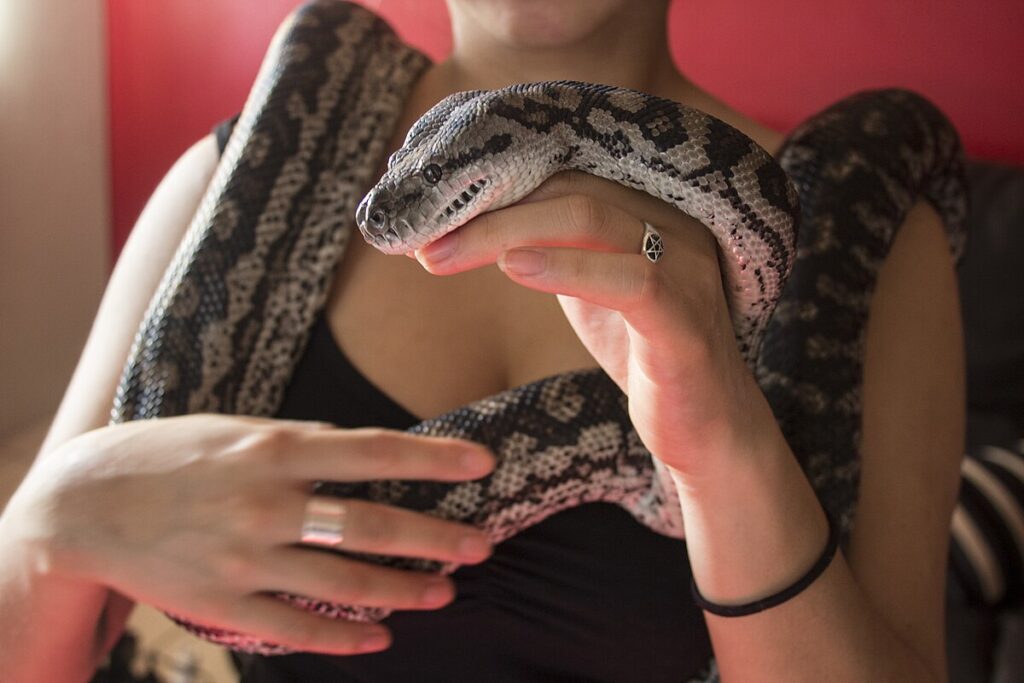
Much of what appears to be owner recognition may involve conditioning and learned associations rather than true individual recognition. Snakes are remarkably adaptable creatures that can form associations between specific stimuli and outcomes. A snake that associates its owner’s presence with positive experiences like food, comfortable handling, or the opportunity to explore outside its enclosure may display what appears to be recognition behavior. Consistent handling routines—approaching the enclosure the same way, handling at similar times of day, and using consistent techniques—create predictability that can reduce a snake’s stress response. Over time, snakes may learn that specific human scents, visual appearances, or handling patterns predict safe interactions rather than threats. This form of associative learning doesn’t diminish the significance of the relationship but provides a scientific framework for understanding observed behaviors.
Species Differences in Recognition Abilities
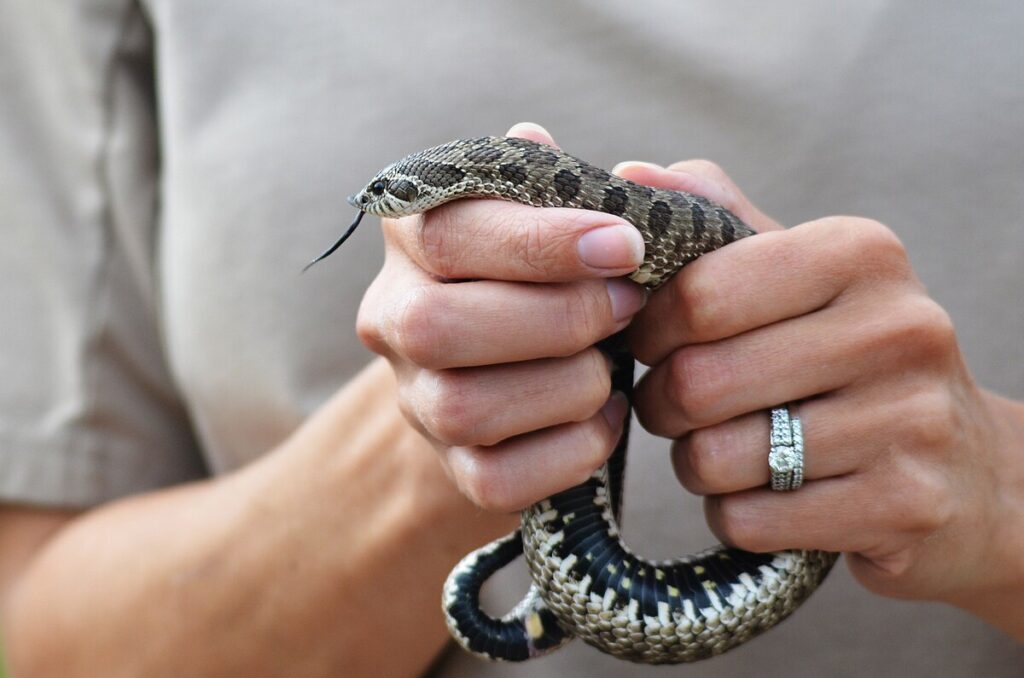
Not all snake species appear equally capable of recognizing their owners, with significant variations observed across different taxonomic groups. Generally, species with higher activity levels and more complex natural behaviors seem to demonstrate greater recognition abilities. Ball pythons, corn snakes, and boa constrictors—all popular pet species—frequently display behaviors consistent with owner recognition. These species often become noticeably calmer with their regular handlers over time. In contrast, more primitive or specialized species like hognose snakes or blood pythons may show less evident recognition behaviors. Arboreal species like green tree pythons, which naturally have less ground contact and different predator-avoidance strategies, sometimes show minimal behavioral differences between familiar and unfamiliar handlers. These variations likely reflect differences in natural history, sensory adaptations, and the ecological niches these species evolved to occupy.
The Individual Factor: Personality in Snakes

Recent scientific research has increasingly acknowledged that reptiles, including snakes, exhibit individual personality differences that may influence their capacity for recognition. Studies have documented consistent behavioral patterns in individual snakes that persist across different situations and over time—the hallmark of personality. Some snakes naturally display more curiosity, boldness, or tolerance for handling, while others remain consistently shy or defensive regardless of familiarity. These individual differences may explain why some snake owners report strong recognition behaviors while others observe little change in their pet’s response over time. A 2017 study published in the Journal of Comparative Psychology found that corn snakes showed individual differences in exploration, boldness, and reactivity that remained consistent across multiple tests. These personality factors likely interact with learning and habituation to determine how effectively a snake might recognize and respond to its owner.
Familiarity Versus True Recognition
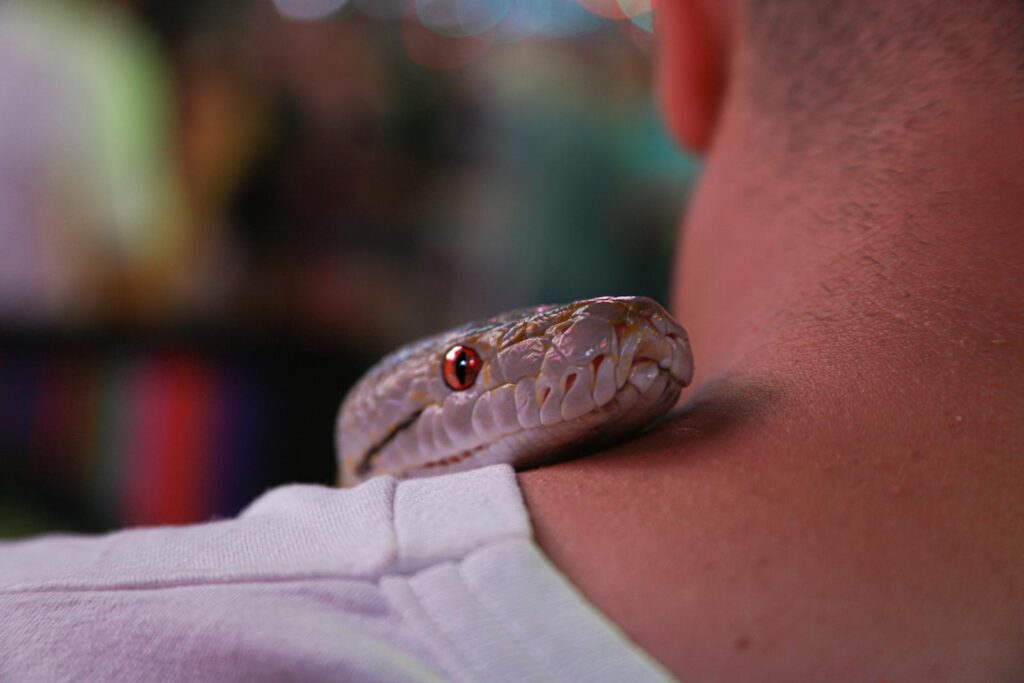
Scientists and herpetologists continue to debate whether snakes’ responses to their owners represent true individual recognition or simply familiarity and habituation. True recognition would involve the snake mentally representing its owner as a specific individual distinct from others, while habituation involves reduced response to repeated stimuli without necessarily distinguishing between similar stimuli. Current evidence suggests snakes likely fall somewhere between these extremes—they can distinguish familiar from unfamiliar humans based on sensory cues but may not conceptualize their owners as specific individuals in the way mammals might. A snake that remains calm with its regular handler but becomes defensive with strangers demonstrates discrimination abilities, even if not full recognition. This distinction is important for understanding the nature of the human-snake relationship, though it doesn’t diminish the significance of the behavioral bonds that can form.
Building Stronger Recognition Through Handling
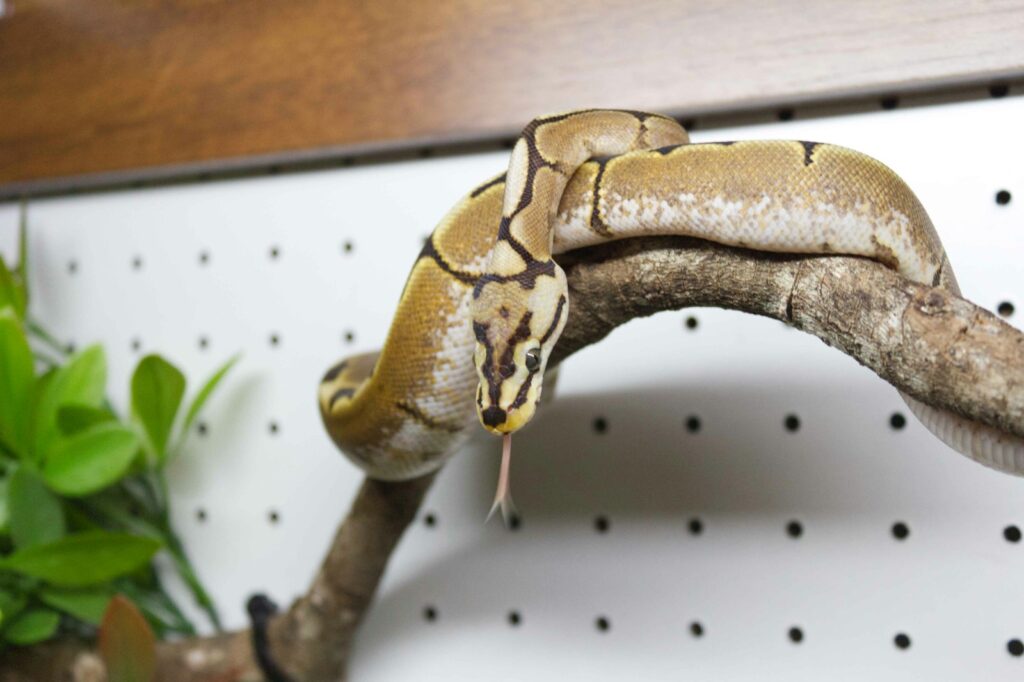
Snake owners can potentially enhance their pet’s ability to recognize them through consistent, positive handling practices. Regular handling sessions that respect the snake’s natural behavior and stress signals help create positive associations with the owner’s scent and presence. Experts recommend short, frequent handling sessions rather than infrequent, prolonged interactions, particularly when first establishing a relationship with a new snake. Approaching the enclosure consistently—from the same direction, with similar movements, after allowing the snake to detect your presence—can help reinforce recognition patterns. Some experienced keepers suggest speaking softly before handling to help the snake associate your voice with your presence, though snakes have limited hearing capabilities. Ensuring handling occurs outside of sensitive periods like pre-shedding or after feeding further helps establish the owner as a non-threatening presence, potentially strengthening any recognition capabilities.
Misinterpreting Snake Behavior

Human perception significantly influences how we interpret snake behavior, sometimes leading to misattributions of recognition. Anthropomorphism—attributing human characteristics to animals—can cause owners to interpret normal snake behaviors as signs of affection or recognition. For instance, a snake moving toward its owner might be seeking warmth rather than showing affection, while a snake that wraps around an arm might be securing its position rather than hugging. Defensive behaviors can sometimes be misinterpreted as well—a snake that seems calmer with its owner might actually be displaying tonic immobility (a stress response) rather than comfort. Proper understanding of natural snake behavior helps distinguish between actual recognition and misinterpreted actions. This doesn’t mean the human-snake bond isn’t real, but rather that interpreting it through the lens of snake biology rather than human psychology provides a more accurate understanding.
The Evolutionary Perspective
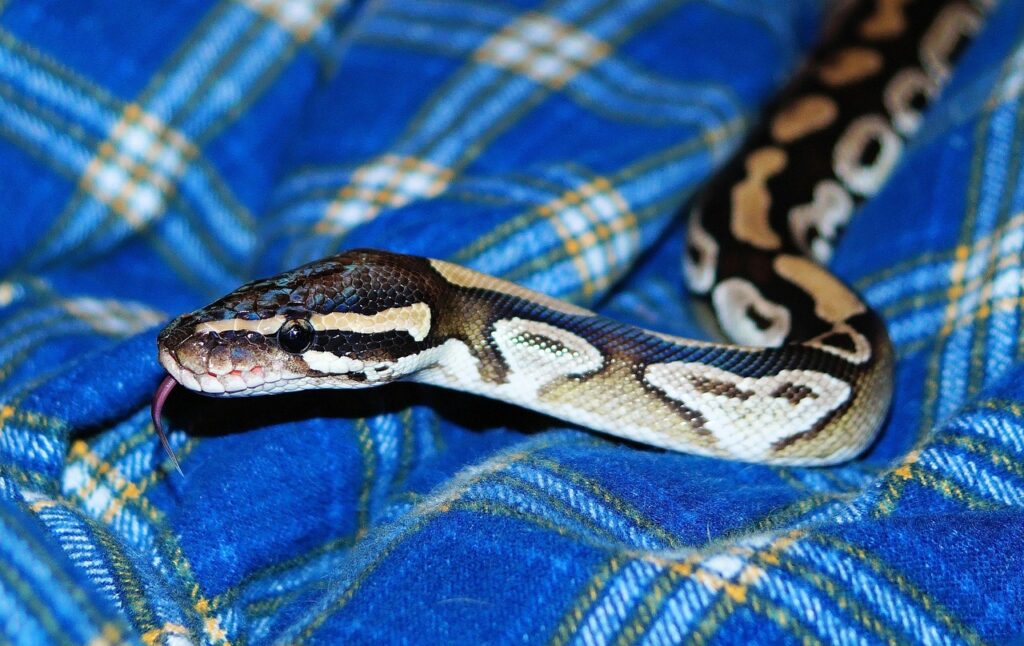
Examining the evolutionary history of snakes provides context for their recognition capabilities. Snakes evolved primarily as solitary hunters with limited need for complex social recognition systems compared to social mammals or birds. Their evolutionary trajectory prioritized sensory systems for detecting prey and predators rather than recognizing individuals within a social group. However, even solitary animals benefit from recognizing potential threats versus non-threats, creating evolutionary pressure for basic discrimination abilities. Some snake species that have parental care behaviors, like king cobras and pythons, may possess more developed recognition systems as an evolutionary adaptation. The capacity to distinguish between familiar and unfamiliar stimuli represents an adaptive advantage even for relatively asocial animals, explaining why pet snakes might develop the ability to recognize regular handlers without necessarily having evolved specific social recognition systems.
Future Research Directions
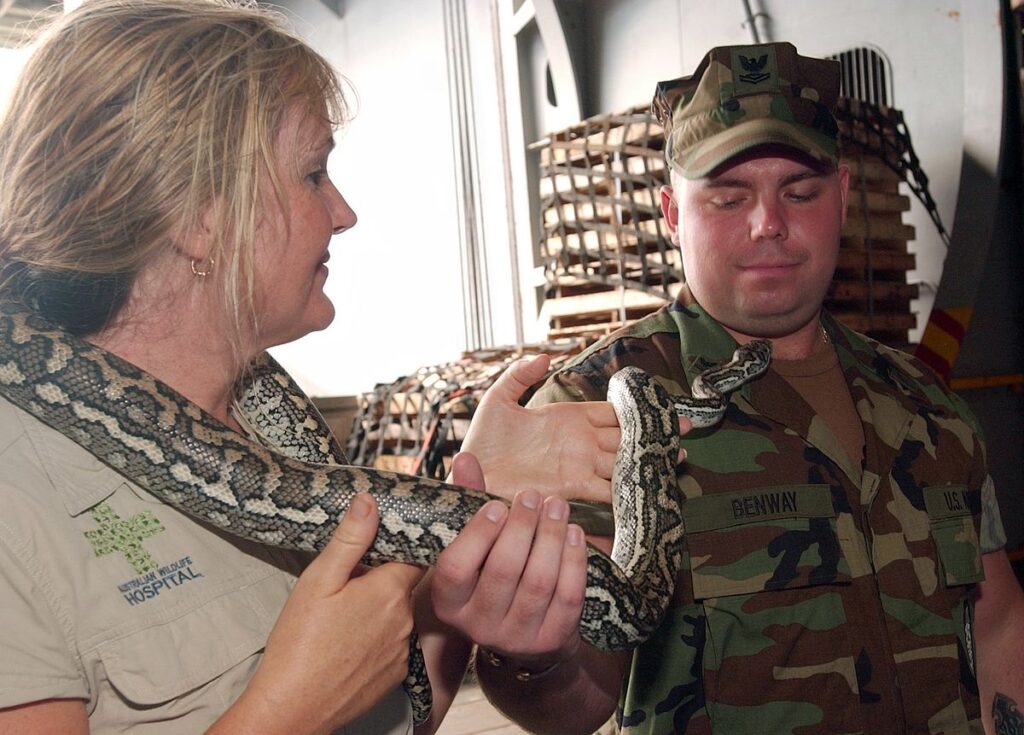
The question of snake recognition abilities represents a fascinating frontier for future herpetological research. Controlled studies using consistent methodology could help distinguish between true recognition and simpler forms of habituation or conditioning. Brain imaging studies, though technically challenging with reptiles, could potentially identify neural patterns associated with recognition of familiar humans. Long-term studies tracking changes in snake behavior toward owners versus strangers over months or years would provide valuable insights into the development of recognition capabilities. Comparative studies across different snake species could illuminate how evolutionary history and ecological adaptations influence recognition abilities. As scientific interest in reptile cognition continues to grow, our understanding of snake recognition capabilities will likely become more nuanced, potentially revealing more sophisticated abilities than currently acknowledged.## Conclusion
While the scientific evidence doesn’t support the kind of recognition capabilities seen in dogs or other highly social mammals, it does suggest snakes possess more sophisticated abilities to distinguish between familiar and unfamiliar humans than previously believed. Through their remarkable chemical sensing abilities, potential for associative learning, and individual personality differences, many pet snakes appear capable of differentiating their owners from strangers. Whether this constitutes true recognition or more basic discrimination and habituation remains debatable, but the behavioral evidence suggests meaningful patterns of interaction develop between snakes and their human caretakers. As research into reptile cognition advances, we may discover that these ancient creatures perceive and interact with us in ways more complex than we’ve imagined—a reminder that the human-animal bond takes many forms, each fascinating in its own right.

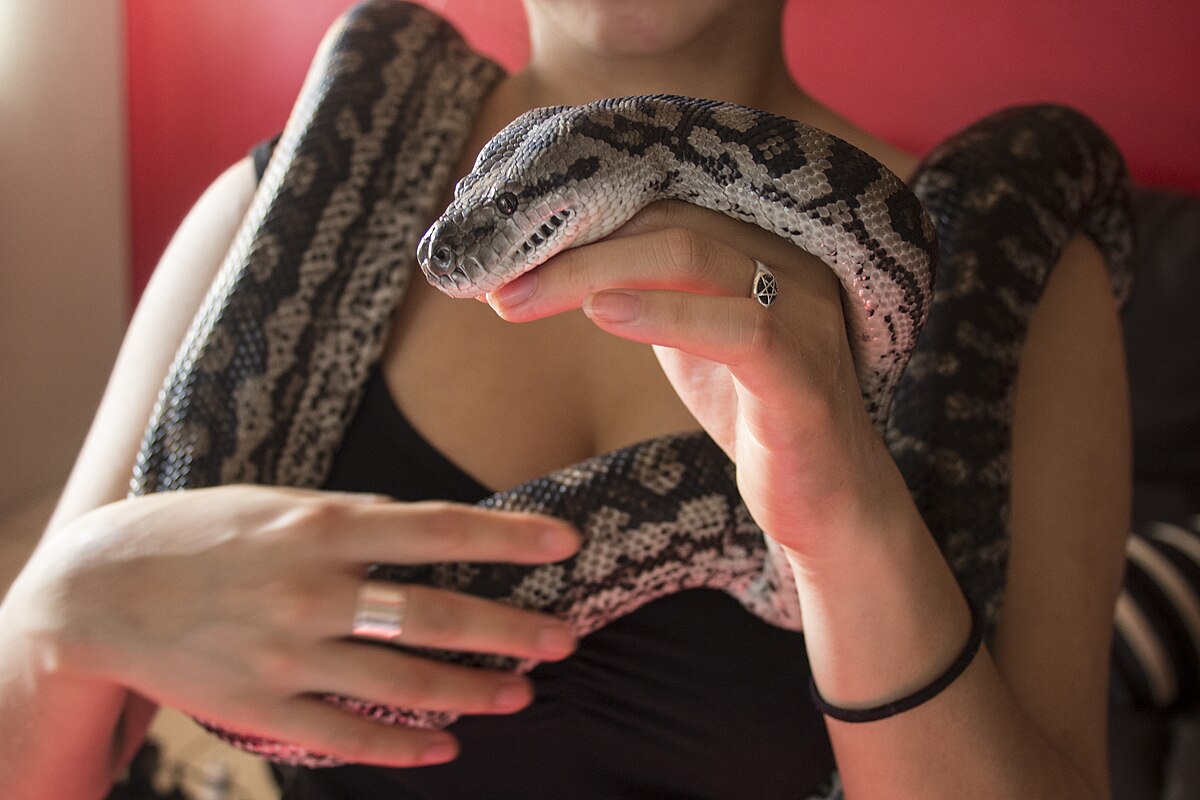
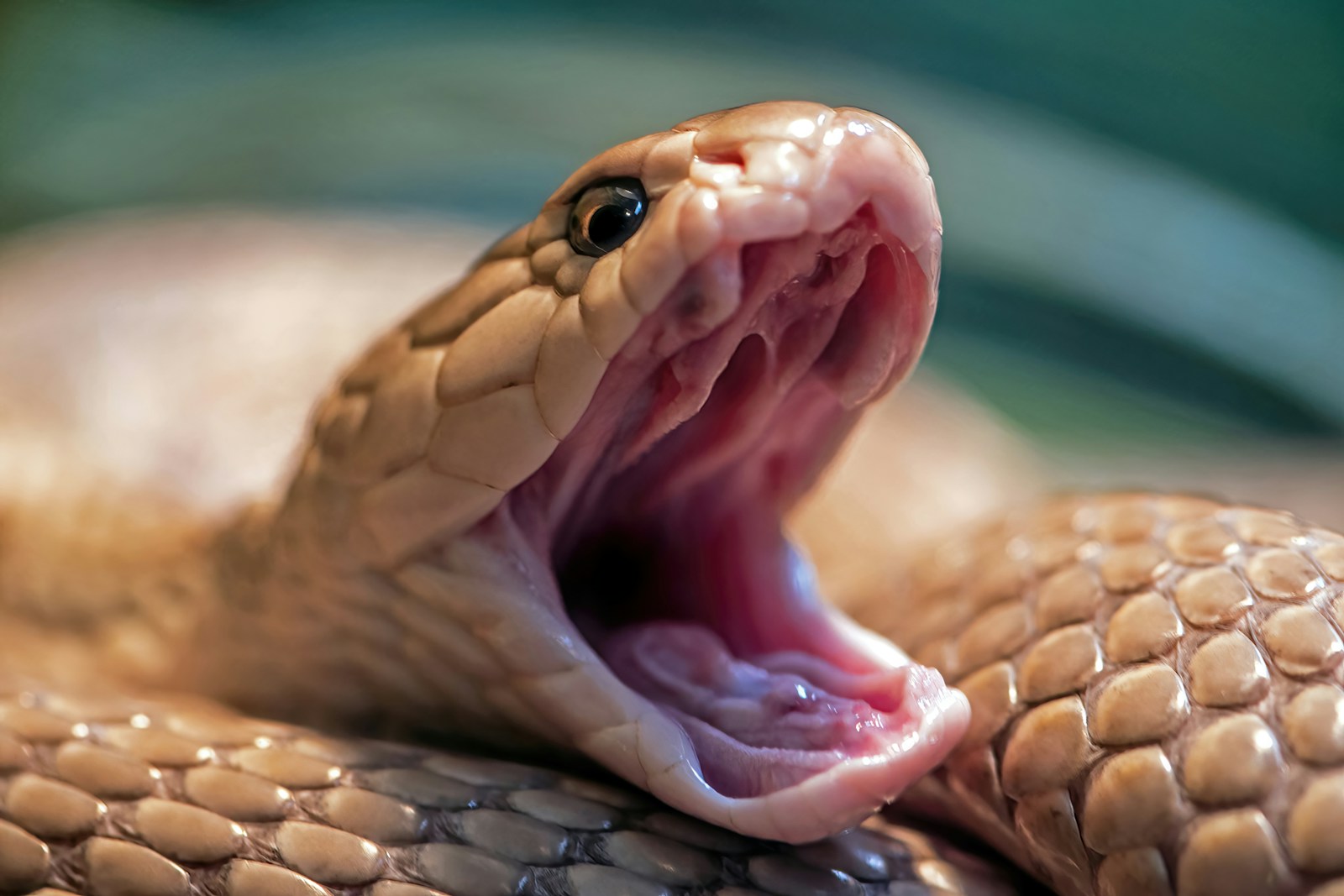



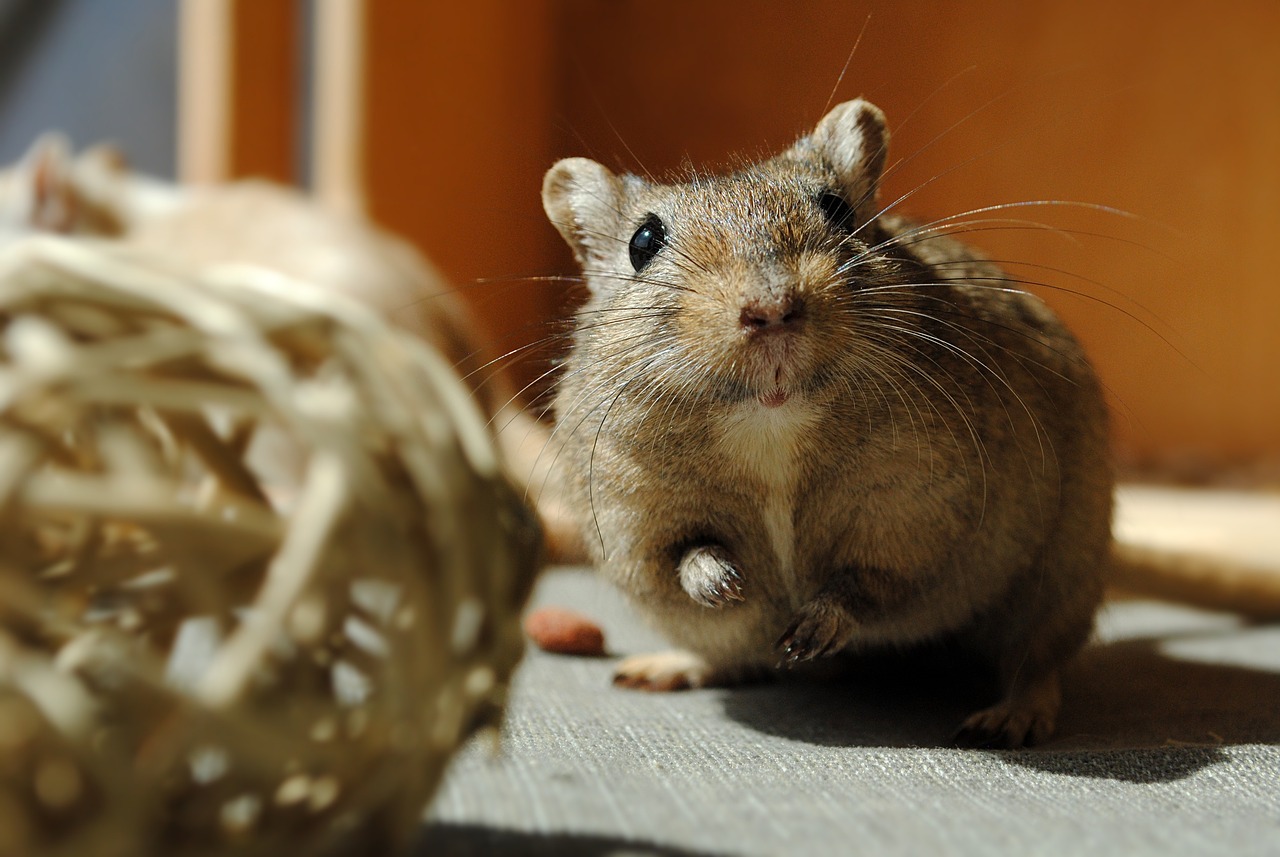



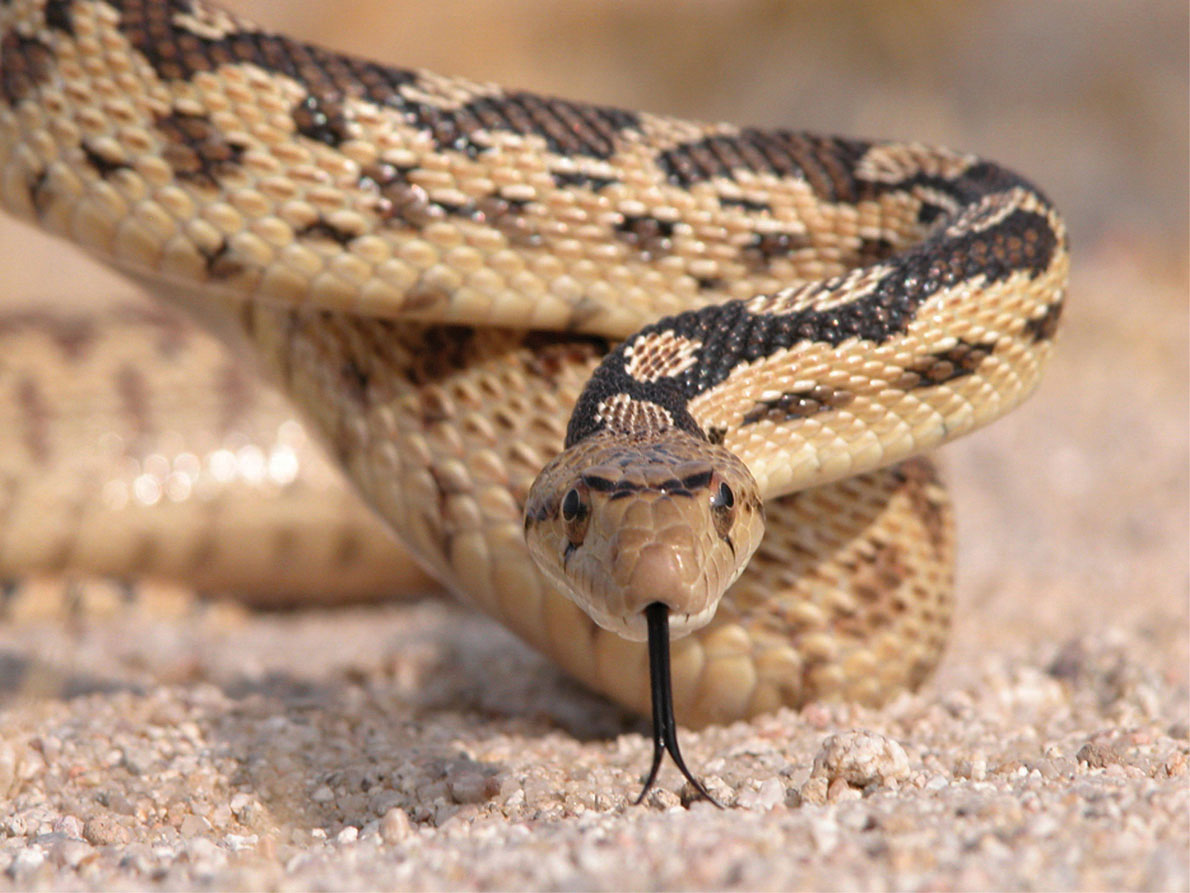
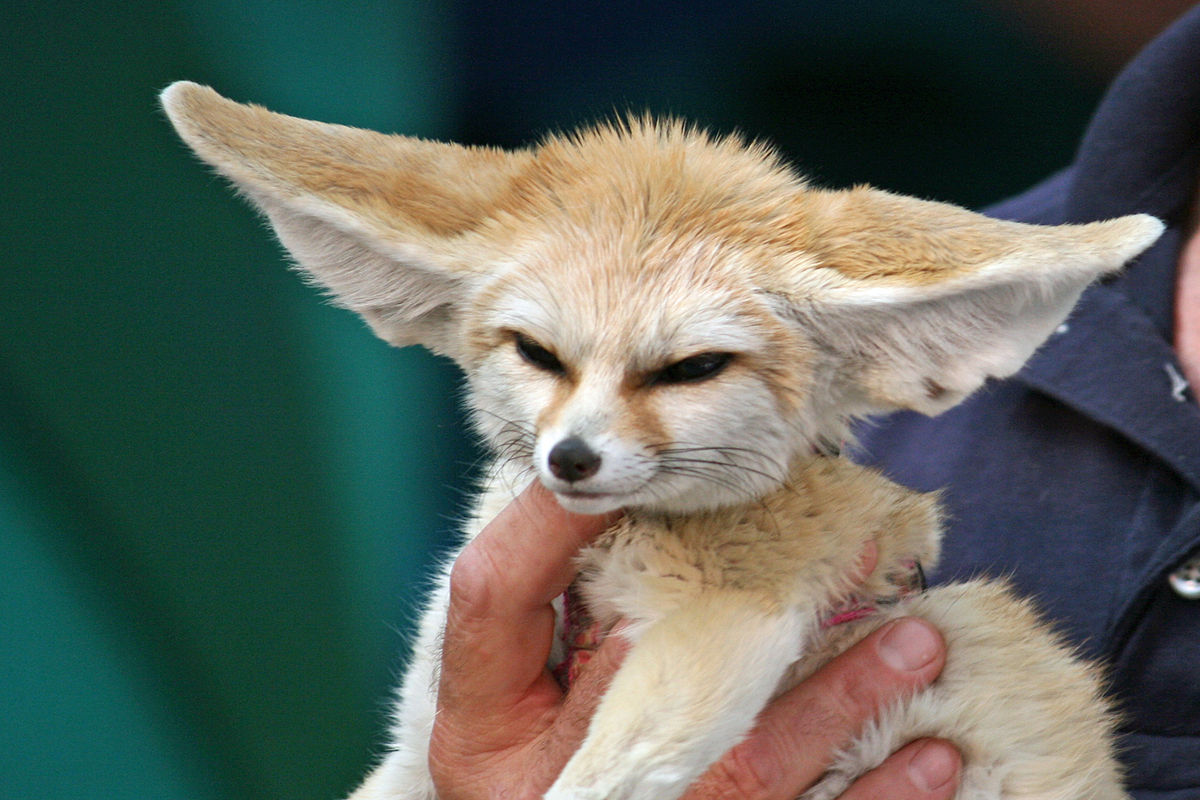




Leave a Reply